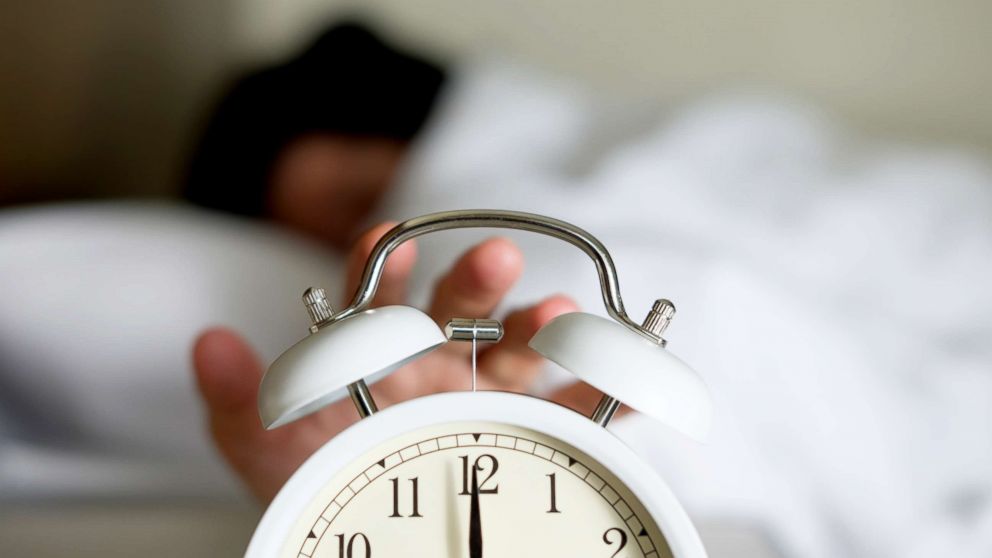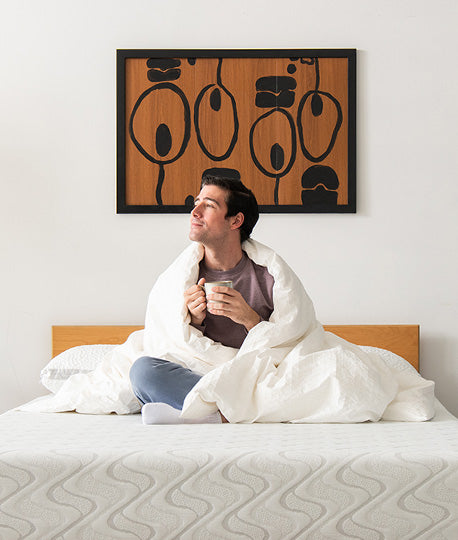Adapting Your Circadian Rhythm to Daylight Savings Time

Twice a year, many people around the world engage in the ritual of setting their clocks forward or backward as part of daylight savings time. While this practice is intended to make better use of natural daylight and conserve energy, it can disrupt our body's internal clock, or circadian rhythm.
Adjusting to the time change may lead to sleep disturbances, fatigue, and decreased productivity. However, with some proactive measures, you can successfully adapt your circadian rhythm to daylight savings time.
We will explore the science behind circadian rhythms, the challenges posed by daylight savings time, and practical tips to help you make a smooth transition.
Understanding Circadian Rhythms
Our bodies operate on a natural 24-hour cycle, known as the circadian rhythm. This internal clock regulates a multitude of physiological processes, including sleep-wake patterns, hormone secretion, and even mood. The circadian rhythm is influenced by external cues, with the most powerful one being the light-dark cycle. As the sun rises and sets, our bodies release different hormones to prepare us for different activities.
Challenges of Daylight Savings Time
Daylight savings time can disrupt this delicate balance. When we spring forward and set our clocks one hour ahead, it means we are required to wake up and go to bed an hour earlier according to the new time. Conversely, when we fall back and set our clocks one hour behind, it can be challenging to adjust to a later schedule. These abrupt shifts in the time we sleep and wake can confuse our bodies and lead to sleep deprivation and circadian rhythm misalignment.
Adapting to Daylight Savings Time
-
Gradual Adjustments: In the days leading up to the time change, start adjusting your bedtime and wake-up time by 15 minutes each day. This gradual shift can help your body adapt more smoothly.
-
Prioritize Sleep Hygiene: Maintain a consistent sleep schedule, create a comfortable sleep environment, and limit exposure to screens and artificial light close to bedtime.
-
Exposure to Natural Light: Spend time outdoors during the day, especially in the morning, to help reset your circadian rhythm. Sunlight exposure is a powerful signal for your body to stay awake.
-
Mind Your Diet: Be mindful of what you eat and drink, especially in the evening. Avoid heavy meals and caffeine close to bedtime, as they can disrupt sleep.
-
Stay Active: Regular exercise can help you sleep better, but avoid vigorous physical activity close to bedtime.
-
Avoid Napping: While napping can be beneficial, it is best to avoid napping during the adjustment period, as it may make it more challenging to sleep at night.
-
Wind-Down Routine: Develop a relaxing bedtime routine to signal to your body that it's time to wind down. Activities like reading, meditation, or a warm bath can be helpful.
-
Be Patient: It can take a few days to fully adapt to the new time, so be patient with yourself during the transition.
Adapting your circadian rhythm to daylight savings time might require some effort, but it's essential for maintaining good sleep and overall well-being. By making gradual adjustments, prioritizing sleep hygiene, getting enough natural light, and maintaining a healthy lifestyle, you can help your body synchronize with the new time seamlessly. With these strategies in mind, you can minimize the negative effects of the time change and enjoy a smoother transition into daylight savings time. Remember that taking care of your circadian rhythm is not just about adjusting to a new schedule; it's about taking care of your long-term health and quality of life.




